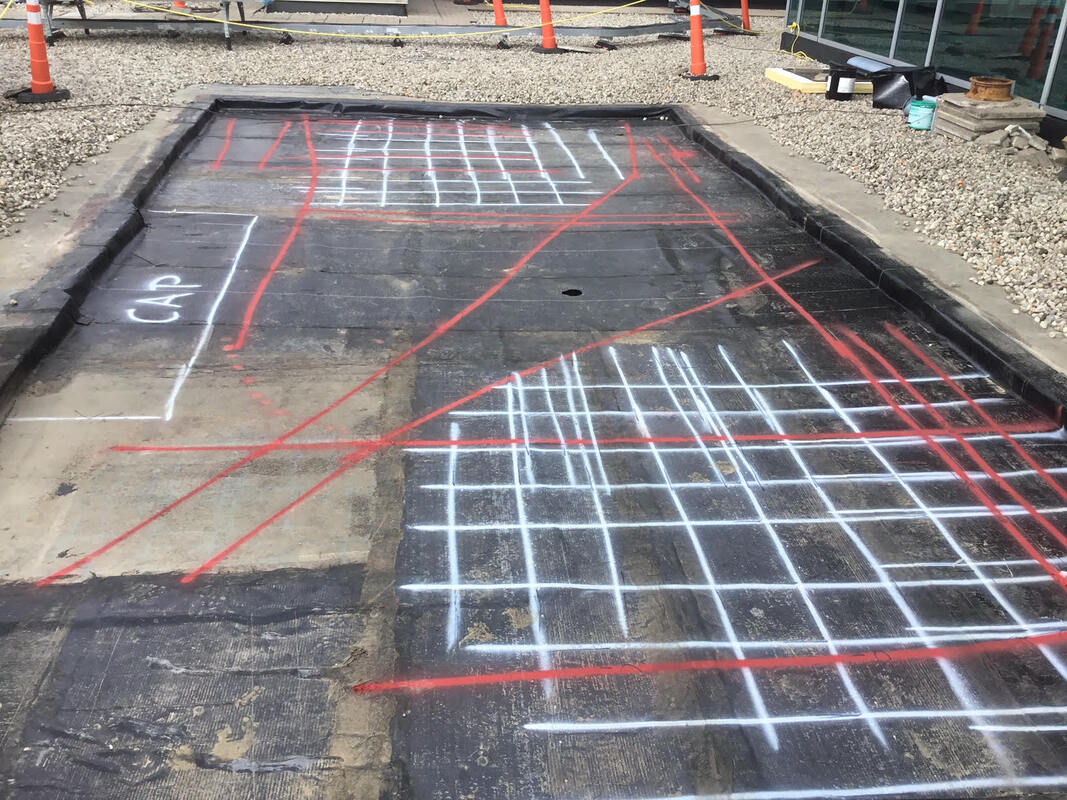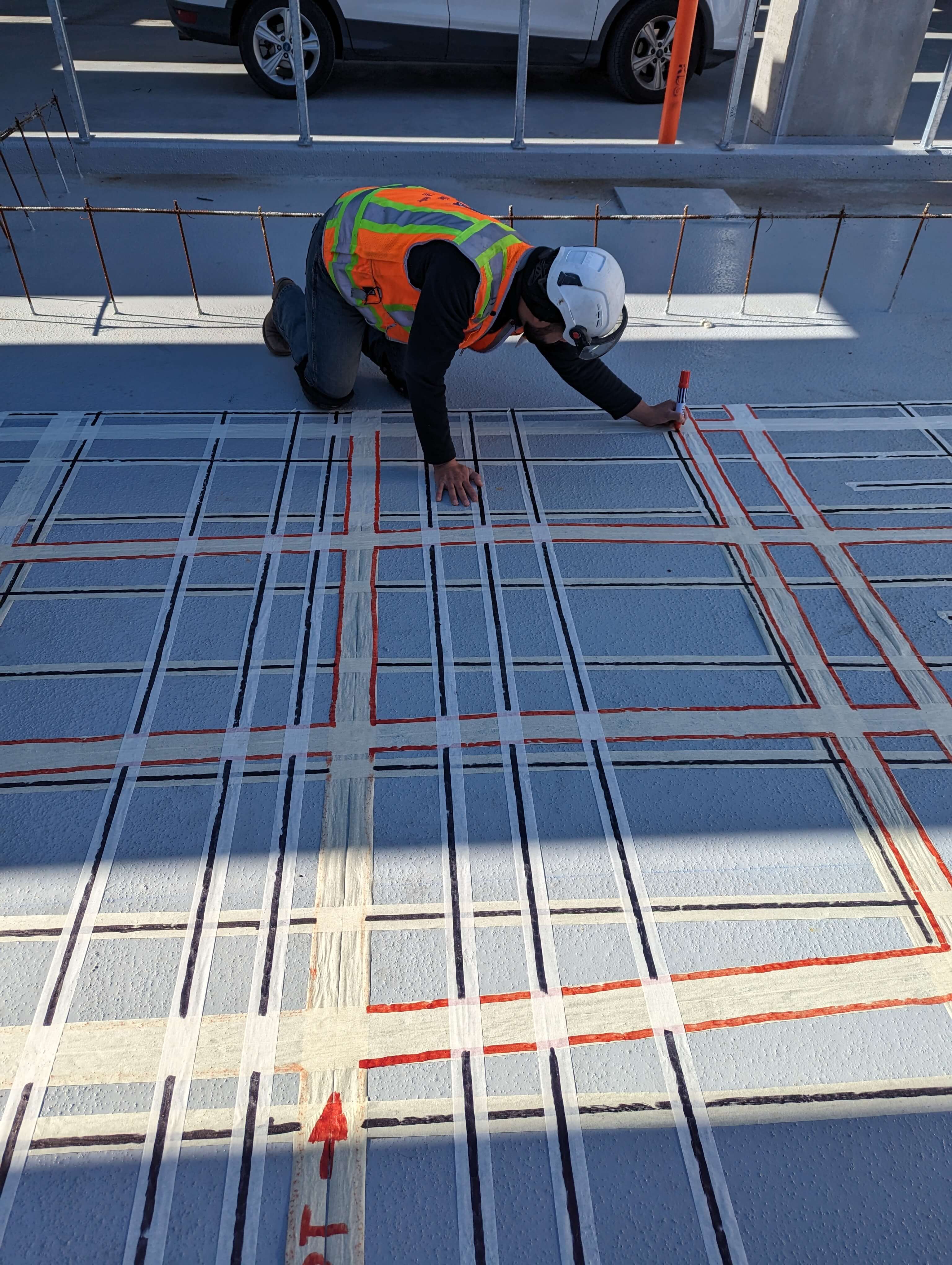Unveil the Transformative Power of Concrete Scanning in Making The Most Of Efficiency and Security
Concrete scanning has become an important device in the building industry, supplying unrivaled advantages in improving task effectiveness and guaranteeing safety and security requirements. By using innovative technology, concrete scanning enables professionals to see beyond the surface area, discovering hidden complexities that could affect the structural honesty of a structure. The transformative power of concrete scanning hinges on its capability to supply real-time information and in-depth understandings, transforming exactly how jobs are intended and performed. As we look into the intricacies of this innovative method, a world of possibilities opens, showcasing a brand-new age of building and construction methods that focus on precision and security.
Relevance of Concrete Scanning
Making sure the structural stability and safety of building tasks begins with the essential step of carrying out detailed concrete scanning. Concrete scanning is a non-destructive technique used to identify and map subsurface components within concrete frameworks. This process is vital in recognizing prospective risks, such as rebar, post-tension cables, and avenues, that might be hidden within the concrete. By utilizing sophisticated technologies like ground-penetrating radar (GPR) and electro-magnetic induction, construction groups can precisely locate these aspects without causing any kind of damage to the structure.
The relevance of concrete scanning can not be overstated, as it plays a vital duty in protecting against accidents, minimizing project delays, and making sure the long-term toughness of the building and construction. By recognizing potential risks prior to the building phase starts, building contractors can carry out proper safety procedures and make educated decisions regarding the style and implementation of the job. Furthermore, concrete scanning assists in maximizing project timelines and budget by preventing unexpected costs and delays that might arise as a result of unforeseen obstructions within the concrete. Eventually, purchasing detailed concrete scanning is a positive approach that enhances both efficiency and safety and security in building jobs.
Just How Concrete Scanning Functions
Concrete scanning runs as a critical device in construction tasks by using sophisticated innovations to find and map subsurface elements without creating structural damage. Ground Permeating Radar (GPR) and Electromagnetic Induction (EMI) are 2 key techniques utilized in concrete scanning.
Throughout the scanning procedure, the data collected is assessed in real-time, allowing prompt identification of prospective hazards or obstacles underneath the surface. This info help in decision-making, guaranteeing that building and construction activities proceed securely and efficiently. Furthermore, 3D imaging software program can be utilized to produce topographic maps of the subsurface aspects, further boosting project planning and implementation. By employing these innovative modern technologies, concrete scanning dramatically minimizes the risk of pricey damages and injuries on building and construction sites.
Benefits of Concrete Scanning
One of the key advantages of concrete scanning is the capacity to detect and situate embedded things such as rebar, post-tension cables, and avenues precisely. Concrete scanning assists in preparation and making a lot more effectively, as it provides precise details regarding the area and deepness you can try this out of structural parts.

Case Studies: Concrete Scanning Success

In an additional instance, a construction company used 3D concrete scanning to examine the condition old concrete structures in a historic structure. The thorough scans provided beneficial understandings into the level of wear and tear and helped focus on maintenance efforts effectively. By proactively addressing areas of concern recognized via scanning, the firm had the ability to expand the life-span of the structure and ensure occupant security.
These instance researches highlight the transformative power of concrete scanning in enhancing performance, precision, and security in building tasks.
Carrying Out Concrete Scanning in Projects
Executing innovative scanning technologies throughout building and construction tasks has actually become increasingly necessary for boosting precision and safety. By incorporating concrete scanning right into task planning and implementation, building and construction teams can recognize possible threats, such as rebar or post-tension cable televisions, concealed within concrete structures. This aggressive strategy decreases the risk of crashes, hold-ups, and costly rework, inevitably leading to extra reliable job timelines and budget plans.
To execute concrete scanning efficiently, project supervisors need to team up carefully with seasoned scanning specialists to a knockout post determine one of the most ideal scanning methods for the certain job demands. Involving scanning professionals from the early phases of a task makes it possible for the team to develop thorough scanning plans that deal with key locations of concern and make certain thorough data collection.
Furthermore, incorporating concrete scanning into routine project process can streamline decision-making procedures, as real-time scan information offers prompt insights right into the problem of concrete frameworks - Concrete Scanning. This data-driven approach promotes informed analytic and makes it possible for groups to make changes promptly, cultivating a culture of performance and safety and security throughout the job lifecycle

Conclusion
Finally, concrete scanning plays a crucial function in improving efficiency and safety in construction projects. By using sophisticated modern technology to map and detect out underlying frameworks within concrete, this process assists to avoid costly errors, make certain architectural honesty, and lessen threats on website. With the ability to reveal surprise components and provide exact data, concrete scanning shows to be a useful tool for enhancing task outcomes and maximizing overall success.
Concrete scanning is a non-destructive approach used to discover and map subsurface elements within concrete structures. In addition, concrete scanning assists in maximizing project timelines and spending plan by preventing unanticipated costs and hold-ups that may emerge due to unpredicted obstructions within the concrete. One additional reading significant instance study includes a large-scale improvement job where concrete scanning played a vital function in ensuring project success.In one more situation, a construction business made use of 3D concrete scanning to evaluate the problem of aging concrete frameworks in a historic structure. By incorporating concrete scanning into task planning and implementation, building and construction groups can determine potential hazards, such as rebar or post-tension cable televisions, hidden within concrete structures.
Comments on “Specialist Tips for Optimal Concrete Scanning Results”